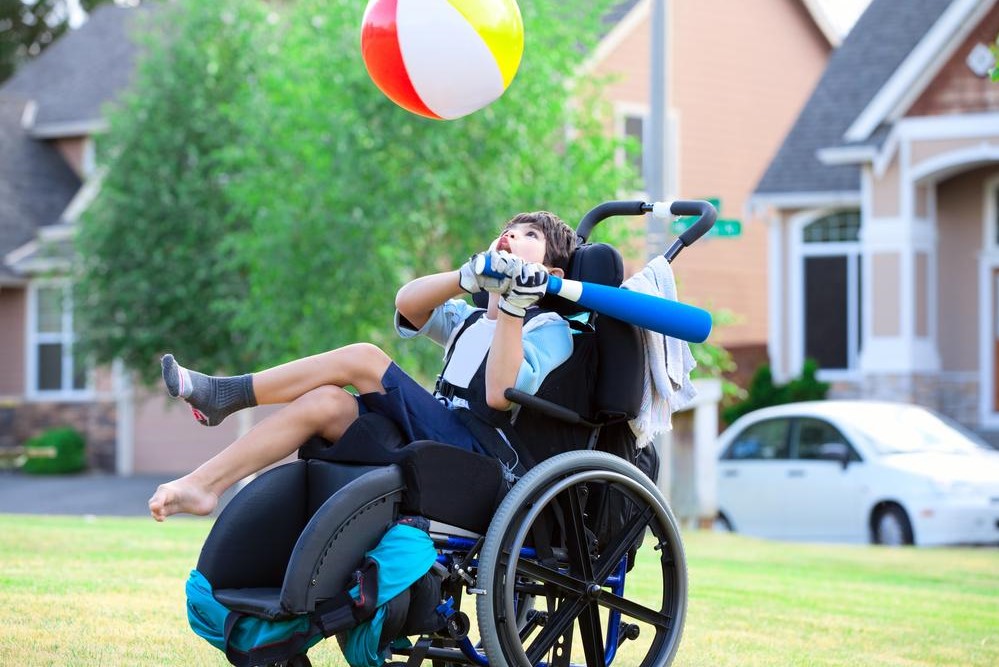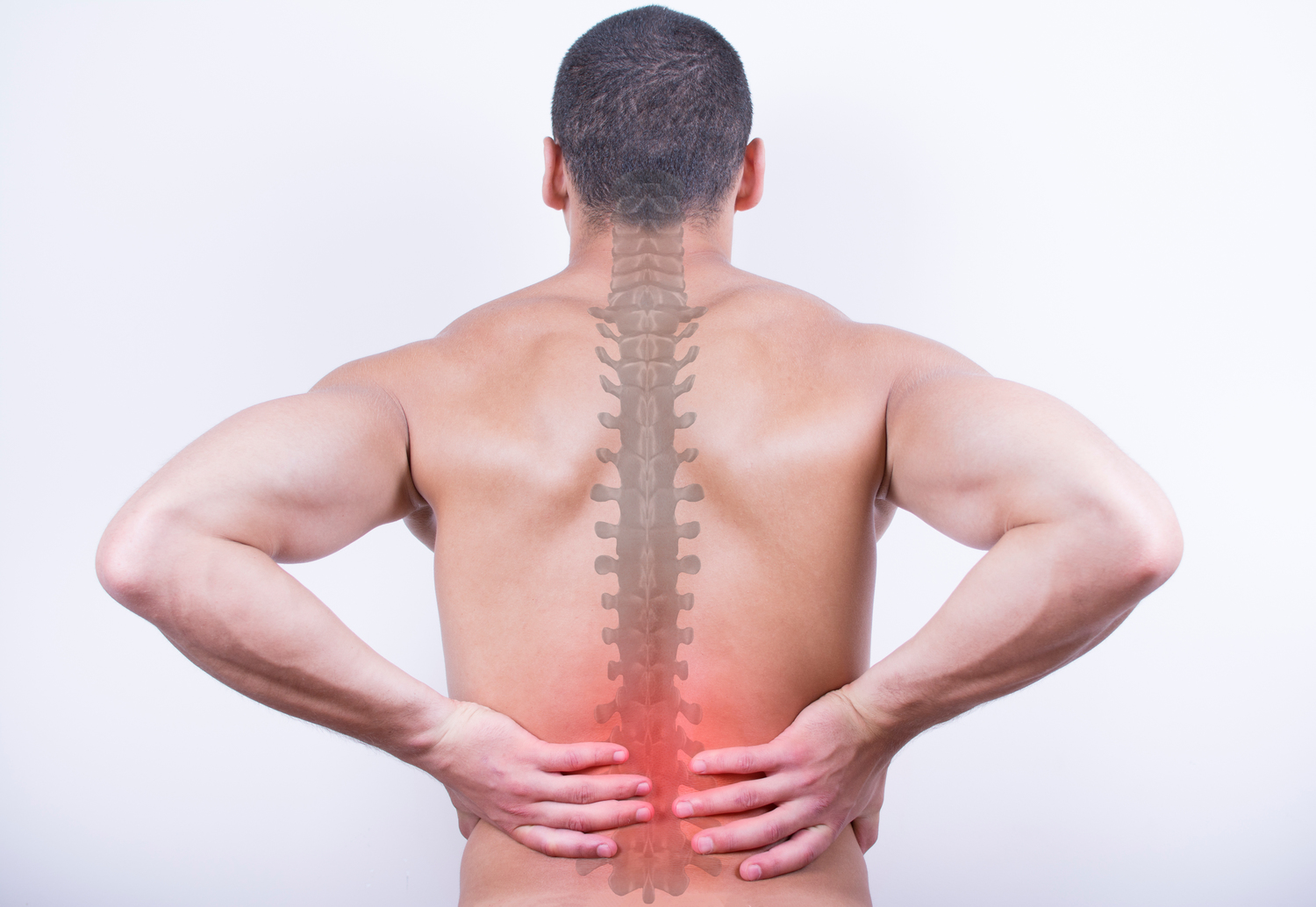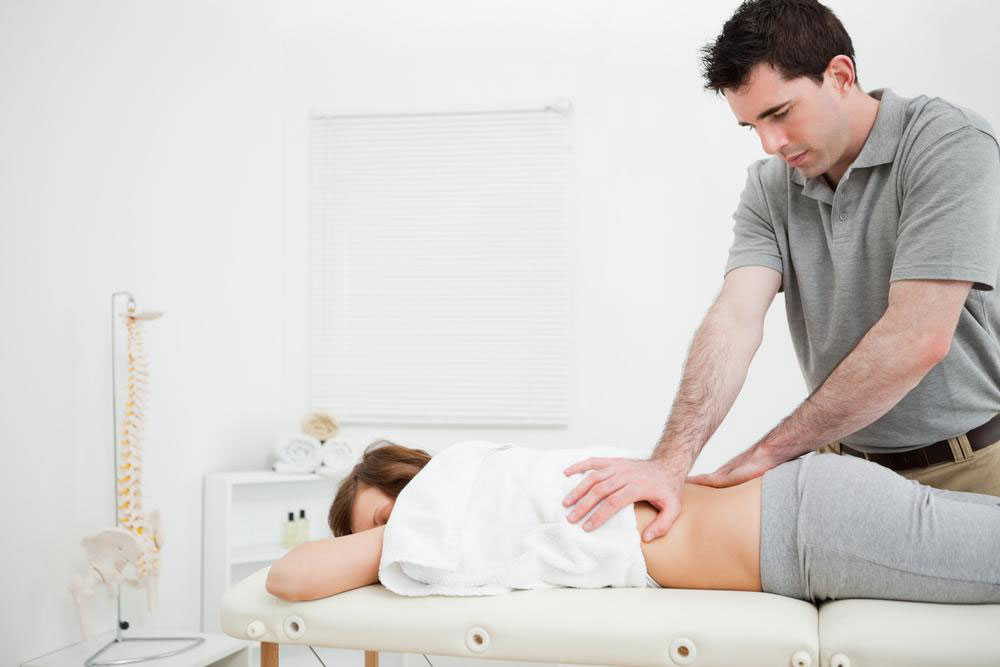Different Types of Spinal Muscular Atrophy (SMA)
Discover the main types of Spinal Muscular Atrophy (SMA), including SMA1, SMA2, and SMA3. Learn about their symptoms, progression, and impact on affected children’s lives. This overview provides essential insights into this hereditary disorder, highlighting how genetic factors influence severity and prognosis.

Understanding the Variations of Spinal Muscular Atrophy
Spinal Muscular Atrophy (SMA) is a hereditary disorder characterized by the degeneration of motor neurons, leading to muscle weakness and wasting. This condition results from the loss of nerve cells in the spinal cord and brainstem, impairing voluntary muscle control. Approximately 1 in 5,000 to 10,000 infants worldwide are born with SMA. Most cases (over 90%) are linked to insufficient production of Survival Motor Neuron (SMN) protein, vital for motor neuron health.
The SMN protein is produced by the SMN1 and SMN2 genes located on chromosome 5. Typically, individuals have two copies of SMN1 and multiple copies of SMN2. In SMA patients, both SMN1 copies are missing or defective. Interestingly, extra copies of SMN2 can lead to milder symptoms. Here are the primary SMA types:
SMA Type 1
This is the most severe form, also known as Werdnig-Hoffmann disease. It is usually evident at birth or within the first few months. Infants with SMA1 often have weak trunk control, floppy limbs, and difficulty with head holding and swallowing. The disease progresses quickly, increasing susceptibility to respiratory infections, and can be fatal by age 2.
SMA Type 2
Symptoms generally appear between 7 and 18 months. The disease primarily affects the muscles in the legs, preventing standing. Respiratory infections are common. With proper care, children with SMA2 can live into adulthood, though their lifespan depends on disease severity.
SMA Type 3
Also called Kugelberg-Welander or juvenile SMA, this is the mildest form. Symptoms can appear from 18 months to adulthood. Children can stand and walk but may struggle with rising from a sitting position or experience general muscle weakness.
Note:
This website offers a broad range of informational content, derived from research and data analysis. While helpful for understanding SMA, the articles should not be considered definitive. The site disclaims liability for discrepancies or inaccuracies and does not guarantee coverage of all schemes and offers available elsewhere.










